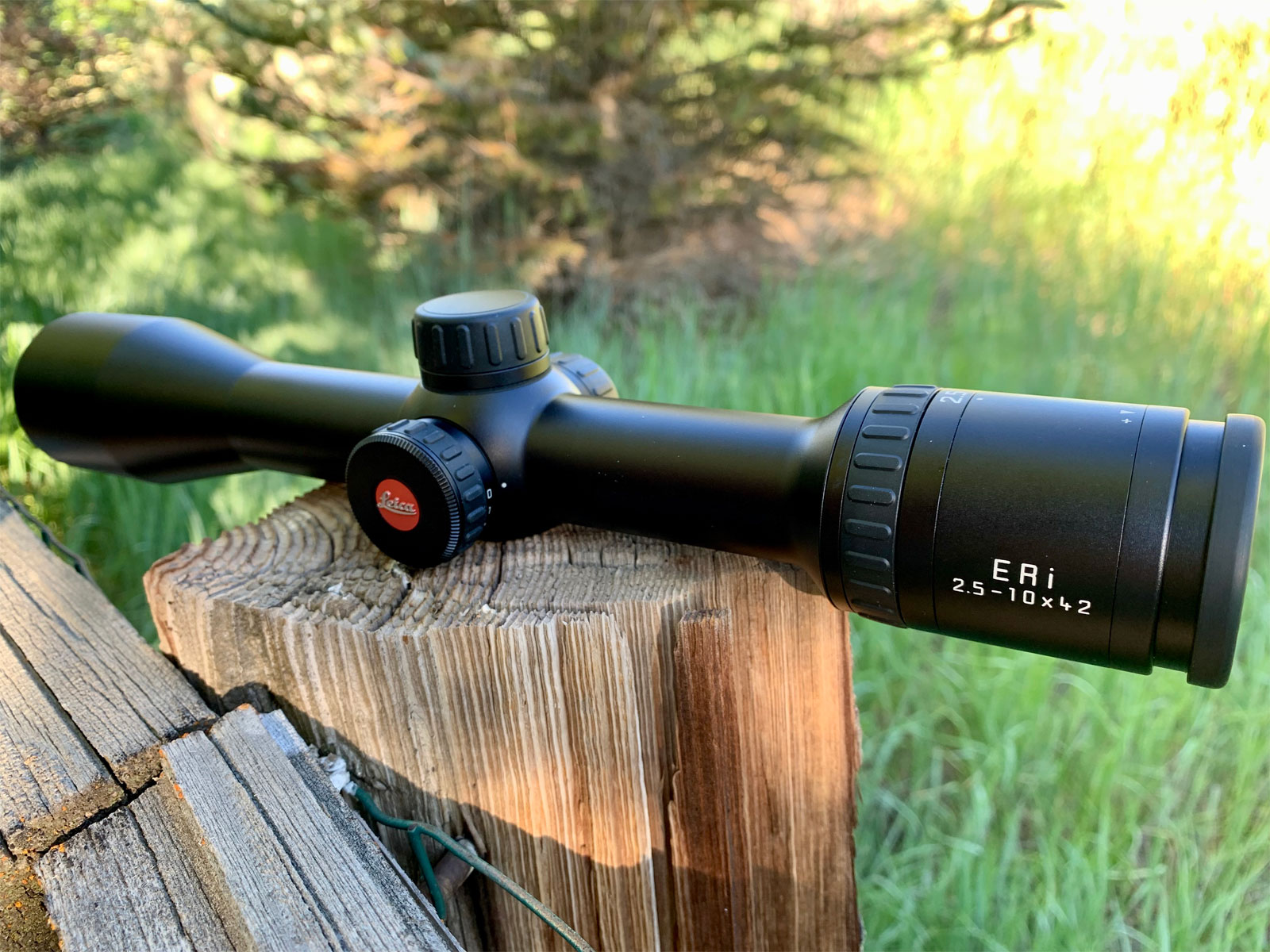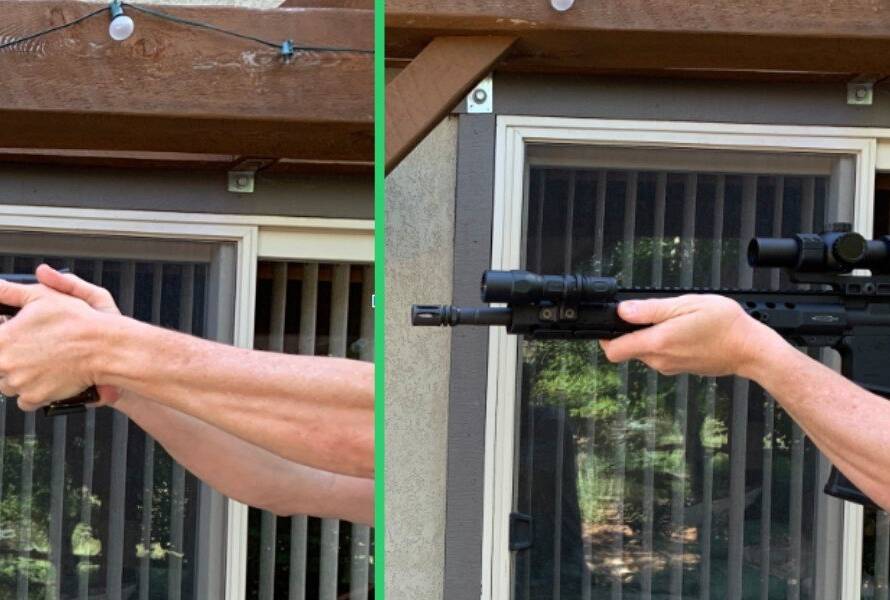Choosing a rifle scope can be an intimidating process. However, it’s really all going to come down to what your needs are. Whether you’re a target shooter or a hunter, there are a ton of different scopes available for you to choose from.
The important thing for you to understand is what you actually need the scope for and then you can choose accordingly. Of course, that’s easier said than done.
When you know how to choose a rifle scope and the common mistakes to avoid, you’ll be able to make more confident and informed decisions.
Interested in learning more? If so, then continue reading and we’ll walk you through everything you need to know!
Scope-Buying Basics
First and foremost, you want to think about the main reason that you use your rifle. Are you keeping it around for self-defense? Going out hunting or using it for hitting targets?
If you do shoot at targets, you want to think about your distance from target.
If you’re using a gun for self-defense, you probably don’t need a high magnification scope. Using the wrong scope will likely slow you down.
For hunting, you want to consider what you hunt and where you do it. For example, a small game hunter in the northeast probably isn’t going to need to zoom above 10x since the thick trees are going to render the scope useless. But if you’re hunting big games in open areas, you may want some deeper vision.
Magnification
When you buy a scope, it usually comes with two numbers. They might look something like “3-9×40.”
Scopes have different attributes. And they come with a variety of magnifications, depending on the range.
The numbers to the left of the x going to represent how much bigger the target will look when compared with the naked eye. So “10x” is going to make the target appear ten times bigger than it normally would.
If you’re using a carbine, a 3.0x-9x magnification telescopic scope or reflex sight should serve you well. These are usually strong enough for basic target shooters and recreational hunters.
Any magnification that’s less than 10x is going to be ideal for following targets and off-hand shooting.
10x-20x magnification scopes might be required for full-scale rifles. These scopes are made for big and open areas and long shots. They’re going to be relatively expensive.
Also, anything higher than 10x will usually require a supported position, such as bench or prone shooting.
There’s no point in going for the bigger magnifications simply to have it. In fact, it could end up doing more harm than good.
Fixed Vs Variable Scopes
Fixed scopes tend to be more cost-effective than variable scopes. However, variables offer greater ranger flexibility. But a variable scope is going to cost you more.
A variable scope is one that you can adjust. The greater the range of magnification is, the more versatility you’ll be able to get from the scope.
In general, it’s recommended that you use a more specialized and smaller scope but spend your money on higher-quality construction.
A fixed 4x scope has worked well for most basic hunting rifles. It’s affordable, effective, and simple.
Understand Parallax
It’s important to understand that the parallax correction knob is there to add regularity and consistency to your shots. There are some scopes out there that are “parallax free.” But you should know what to do if your scope isn’t.
If your scope has parallax, that means that your perception of the cross-hairs are actually going to slightly move when you adjust your head. This can make short-range scoping rather difficult.
A parallax knob can be calibrated to the distance that you’re shooting at. This will help you achieve better consistent accuracy.
Mistakes to Avoid When Buying a Scope
A common mistake among shooters is buying a scope that’s too complex. If you’re a hunter who’s shooting whitetail deer at less than 150 yards, you don’t need a scope with a bullet drop compensator, target turrets, and a 65mm objective. These extraneous features are just going to slow you down and cost you more money.
However, you also don’t want to buy a scope that’s overly simple. For example, if you’re shooting targets at 1,000 yards, you’re going to want more than a scope that has turrets and a duplex reticle that are capped with screw-on covers.
As we mentioned earlier, it’s ultimately going to come down to what you mainly intend to use the scope for.
And when you’re buying a scope, you want to make sure that you’re buying high-quality glass. If you find a high magnifications scope that’s extremely cheap, there’s probably a good reason for that.
Cheap glass can leave you with warped and foggy images. It’s always better to get a scope with lower magnifications and high-quality glass than a lot of magnification and poor glass.
The Importance of Knowing How to Choose a Rifle Scope
As we can see, buying a rifle scope isn’t as simple as going to the store and picking up the first scope that you see. You really have to think about what you intend to use the scope for and what you want to get out of your scope. By knowing how to choose a rifle scope, you’ll be able to make educated purchasing decisions.
Are you looking to buy high-quality and affordable rifle scopes? We sell a variety of used optics that many shooters are sure to find to be more than satisfactory.
If you’re interested in buying yourself a new rifle scope, then contact us today and see what we can do for you!





